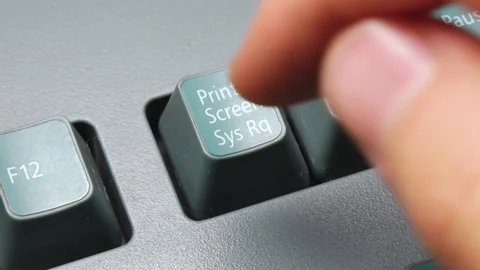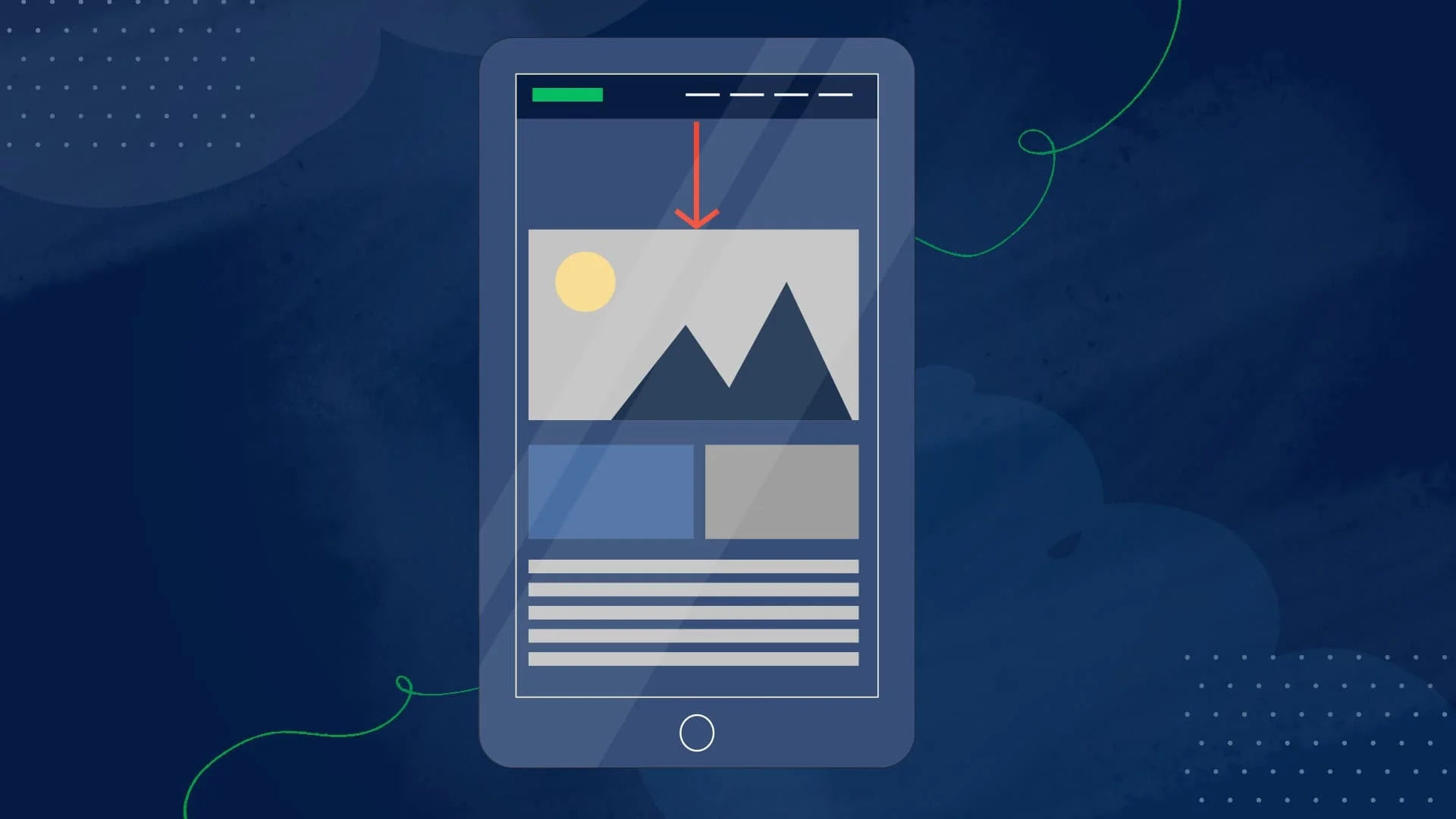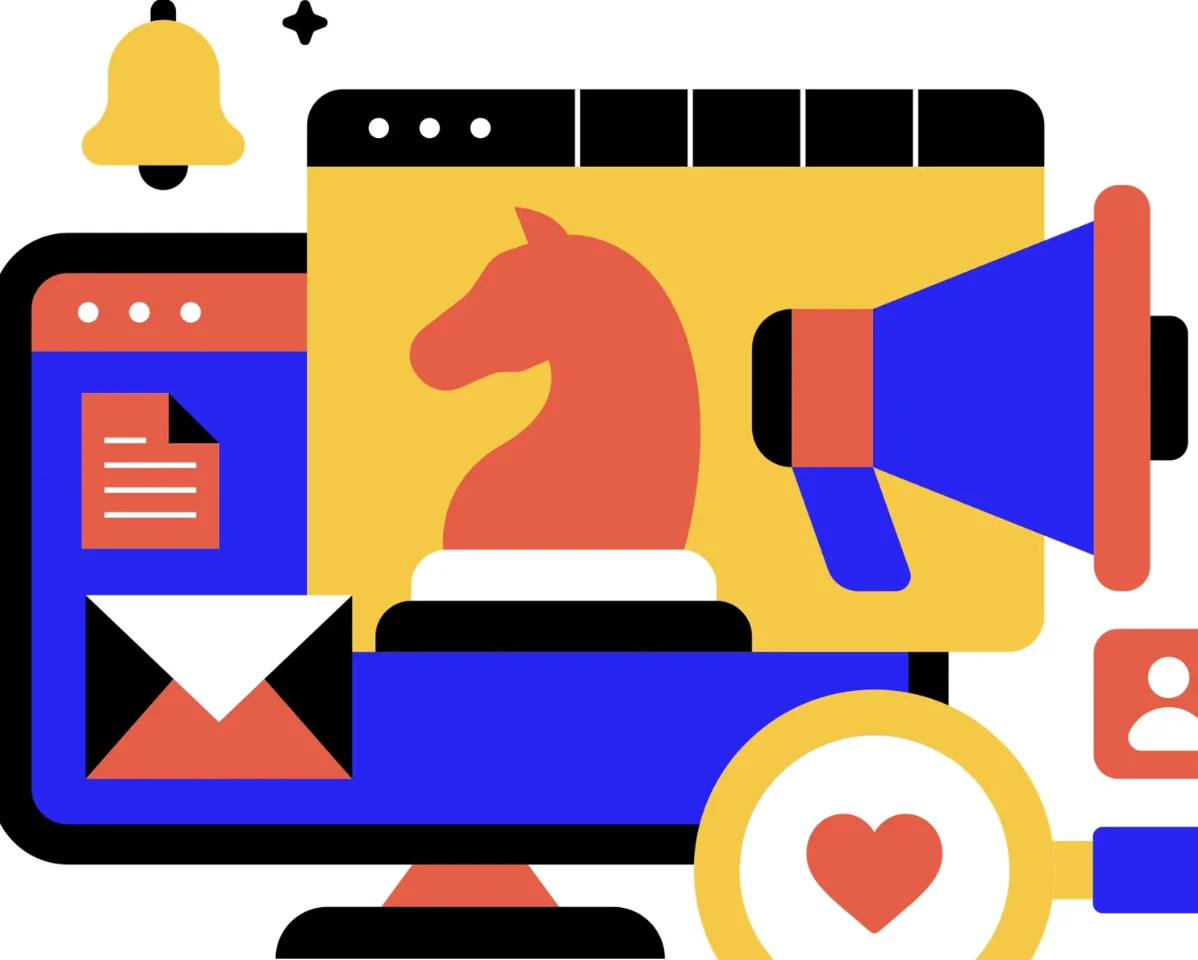Author: Lucy Nguyen
-

Where can I find WebFlow web designers?
If you’re looking for skilled Webflow web designers, several platforms and resources can simplify your search. Here’s where you can find experienced professionals to bring your Webflow project to life: Tips for Selecting the Right Webflow Designer: Finding the perfect Webflow designer doesn’t have to be challenging. By using these targeted platforms and communities, you…
-

Will tools like Webflow replace web developers?
As no-code platforms like Webflow surge in popularity, many wonder: Will tools like Webflow replace web developers? Webflow and similar no-code solutions empower designers, entrepreneurs, and marketers by enabling them to create responsive, visually appealing websites without writing traditional code. These platforms offer intuitive interfaces, drag-and-drop components, and a robust library of pre-designed elements that…
-

How to name your files
File hygiene is something that takes time to cultivate and requires ongoing maintenance. Much like keeping your physical space tidy, managing your computer’s file system demands a consistent approach. However, unlike your physical space—with its natural limitations on how far messes can spread—digital files can quickly become overwhelmingly disorganized as you accumulate more data. In…
-

How to Screenshot on Windows
Taking screenshots is an essential skill for sharing information, troubleshooting issues, or simply capturing a memorable moment on your screen. Windows provides multiple built-in methods that are simple to use, whether you’re a beginner or a tech-savvy user. In this guide, we’ll walk through the most reliable ways to capture your screen on a Windows…
-

How Do I Add A Recaptcha To My WebFlow Forms
Integrating reCAPTCHA into your Webflow forms is an excellent way to prevent spam and protect your website from bots. In this guide, we’ll walk through the process step-by-step, from setting up your reCAPTCHA keys to configuring your Webflow project. What is reCAPTCHA? reCAPTCHA is a free service from Google designed to protect websites from spam…
-

Webflow CMS Feature – An explainer
In today’s digital landscape, having a powerful yet user-friendly content management system (CMS) is essential. While I have my gripes about the recent increase in cost, the shrinking of features, and the lack of support in Webflow, there is one thing that truly shines about their product: the CMS system. In this article, we’ll dive…
-

Is Webflow Good for SEO? An Analysis
When choosing a website builder, SEO performance is a crucial factor. Webflow, a popular no-code website design platform, is often compared to WordPress and other website builders for its capabilities. But is Webflow good for SEO? Let’s dive into the details. The SEO Strengths of Webflow Webflow offers several built-in SEO features that make it…
-

Does Webflow Have Analytics? Yes, But You Should Avoid It
When setting up a website, tracking and analyzing visitor data is crucial for growth, optimization, and decision-making. Webflow does offer an analytics solution called Webflow Optimize, but before you consider using it, let’s dive into why it’s not the best option. What is Webflow Optimize? Webflow Optimize is Webflow’s built-in analytics tool, providing insights into…
-

Is Webflow Good for Ecommerce? The Answer is No.
When choosing a platform for your online store, functionality, scalability, and cost-effectiveness should be top priorities. While Webflow is an excellent tool for portfolios, company websites, and small personal projects, it falls short when it comes to ecommerce. If you’re serious about growing your online business, Shopify or Square are far superior options. Here’s why…
-

How to Set an Explicit Width and Height on Image Elements to Reduce Layout Shifts and Improve CLS in Webflow
In the world of web design, user experience is paramount. One key metric for measuring this is the Cumulative Layout Shift (CLS), which gauges the visual stability of a webpage. High CLS can lead to poor user experience, as elements move around unexpectedly while the page loads. One effective way to tackle this issue, particularly…
-

The Digital Marketing Strategy That Tracks Users Across the Web
In today’s hyper-connected world, marketers aim to deliver highly personalized experiences. One key digital marketing strategy that has emerged to meet this demand is cross-web tracking. This approach allows businesses to track user behavior across different websites and platforms to serve tailored ads and content, ultimately improving engagement and conversion rates. Here’s a deeper dive…
-

Different types of Marketing Jobs to help you in your search
In today’s fast-paced digital landscape, many companies are on the hunt for a “full stack marketer” — a single individual who can do it all. At first glance, this might seem like a cost-efficient and agile strategy. However, expecting one person to master every facet of modern marketing is a recipe for burnout and inefficiency.…